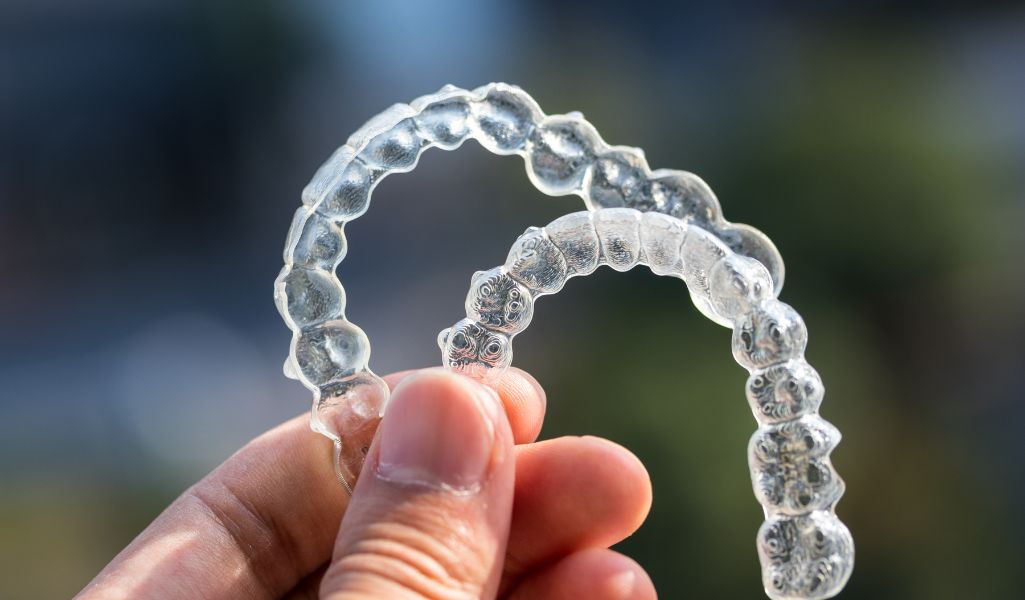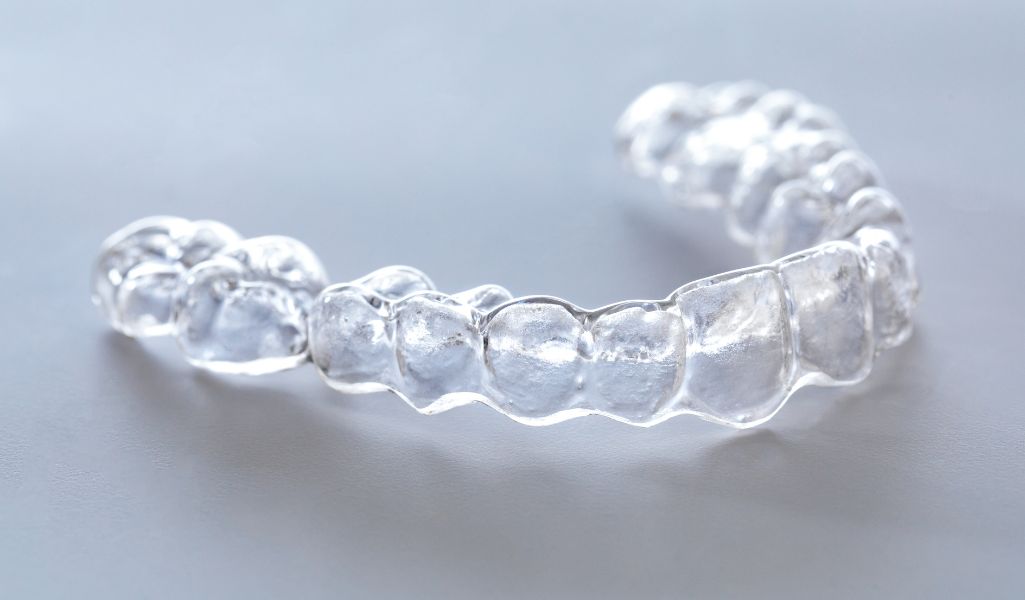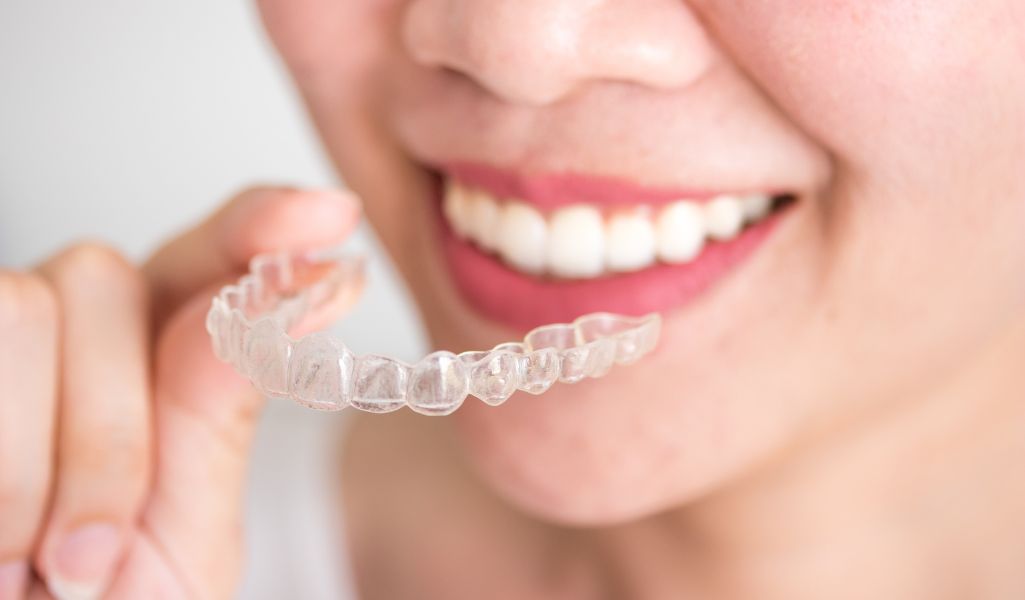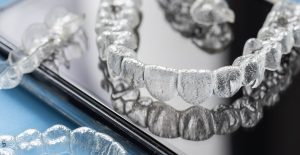How Invisalign Shapes Your Child’s Perfect Smile: The Transformative Power of Early Treatment
As parents, one of our greatest desires is to see our children grow with confidence and a smile that lights up the room. It’s more than just a simple facial expression—it’s a reflection of health, happiness, and self-assuredness. Yet, for many kids, achieving the perfect smile requires more than just brushing their teeth and regular dentist visits. In fact, it often takes orthodontic intervention to address alignment issues that can affect both their appearance and overall oral health.
Traditional braces have long been the standard method for correcting misaligned teeth, but Invisalign offers a new, modern solution. This revolutionary treatment has transformed orthodontics, making it easier for children to achieve a perfect smile—without the pain, discomfort, and aesthetic concerns that often come with metal braces.
In this post, we’ll explore how Invisalign works, why it’s beneficial to start treatment at an early age, and how it can reshape your child’s smile, confidence, and future.
Invisalign is an orthodontic treatment that uses clear, removable aligners to straighten teeth. Unlike traditional braces, which use metal brackets and wires, Invisalign aligners are virtually invisible and custom-made to fit your child’s teeth. These aligners are made from smooth, durable plastic, ensuring comfort without the irritating metal components that often cause mouth sores.

One of the most appealing features of Invisalign for children is the fact that it’s discreet. Kids can straighten their teeth without feeling self-conscious about wearing braces, especially during their formative school years. Invisalign aligns the teeth gradually over time, providing a more aesthetically pleasing and comfortable alternative to conventional braces.
Early orthodontic intervention is key to achieving the best results in a shorter amount of time. The American Association of Orthodontists recommends that children see an orthodontist by the age of 7. At this age, they typically have a mix of baby teeth and permanent teeth, allowing the orthodontist to identify any developing dental issues early on. Starting treatment early can help prevent more serious complications down the road, potentially saving your child from a longer and more complicated orthodontic journey.
For children with mild to moderate alignment issues, starting Invisalign early can lead to faster, more predictable results. The earlier your child starts their Invisalign treatment, the more likely it is that the process will be more comfortable and effective. This also ensures that they’re not dealing with more invasive treatments, like traditional braces, during their teenage years, when self-esteem can be more fragile.
The process of Invisalign treatment is straightforward and less invasive compared to traditional braces. Here’s how it typically works:

The first step is scheduling a consultation with an experienced Invisalign provider. During this appointment, the orthodontist will assess your child’s teeth, bite, and oral health to determine whether Invisalign is a suitable option. The orthodontist will also take digital impressions of your child’s teeth, which will be used to create custom aligners.
Using advanced technology, the orthodontist will map out a personalized treatment plan. Invisalign’s software allows the orthodontist to show you how your child’s teeth will move over time, providing a clear visual of the expected results. This plan is designed to address the specific alignment issues that your child is facing, ensuring a precise treatment process.

Once the treatment plan is finalized, your child will receive their first set of custom aligners. Each set of aligners is worn for about 20-22 hours a day, only being removed for eating, drinking, brushing, and flossing. Every one to two weeks, your child will switch to the next set of aligners in the series. Each set of aligners gradually shifts the teeth closer to their desired position.
hroughout the treatment, your child will have regular checkups to monitor progress and ensure everything is going according to plan. The orthodontist will make any necessary adjustments to the treatment as needed, ensuring the results are as expected.
After the treatment is complete, your child will have a beautifully aligned smile. Retainers are often prescribed to help maintain the results and prevent the teeth from shifting back to their original position.
Invisalign offers several advantages over traditional braces, making it an appealing choice for both parents and children. Here are some of the key benefits:
One of the biggest concerns kids have about orthodontic treatment is the appearance of traditional braces. Invisalign’s clear aligners are virtually invisible, meaning your child can undergo treatment without feeling self-conscious about their smile.
Traditional braces can cause discomfort and irritation due to the metal brackets and wires. Invisalign aligners are made from smooth plastic, which means they’re less likely to irritate the gums and the inside of the mouth. This comfort makes it easier for children to wear the aligners consistently, helping the treatment process move forward without unnecessary delays.





